Home>Garden Essentials>When To Plant Bermuda Grass Seed


Garden Essentials
When To Plant Bermuda Grass Seed
Modified: March 29, 2024
Plant Bermuda grass seed in your garden at the perfect time. Learn when to plant and ensure a beautiful lawn with our expert advice.
(Many of the links in this article redirect to a specific reviewed product. Your purchase of these products through affiliate links helps to generate commission for Storables.com, at no extra cost. Learn more)
Introduction
Welcome to the world of gardening, where beauty and nature come together to create stunning landscapes. If you’re looking to transform your yard into a lush green paradise, planting Bermuda grass seed is an excellent choice. Bermuda grass is known for its durability, resilience, and vibrant green color, making it perfect for lawns, sports fields, and golf courses.
Before diving into the process of planting Bermuda grass seed, it’s important to understand the factors to consider and the optimal time for planting. By taking these considerations into account and ensuring proper soil preparation and care, you can achieve a thriving and gorgeous Bermuda grass lawn.
So, if you’re ready to embark on this gardening journey, let’s delve into the world of Bermuda grass and learn when is the best time to plant those tiny seeds that will transform your outdoor space.
Key Takeaways:
- Plant Bermuda grass seed in spring or early summer for rapid growth and strong root development, ensuring a lush and vibrant lawn.
- Prepare soil, choose the right seed type, and provide proper care to troubleshoot common issues and enjoy a beautiful Bermuda grass lawn.
Read more: When To Plant Bermuda Seeds
Factors to Consider Before Planting Bermuda Grass Seed
Before rushing to plant Bermuda grass seed, it’s crucial to assess a few key factors to ensure success in your lawn establishment. By considering these factors, you can create an ideal environment for the grass to thrive and minimize any potential issues along the way.
1. Climate: Bermuda grass thrives in warm-season and tropical climates. It requires a minimum temperature of 65°F (18°C) to germinate and grow, making it unsuitable for areas with long, cold winters. Ensure that your region has a climate that supports Bermuda grass growth.
2. Sunlight: Bermuda grass is a sun-loving plant and requires at least 6 to 8 hours of direct sunlight daily. It struggles to survive in shaded areas, so ensure that your lawn has plenty of sun exposure throughout the day.
3. Soil Type: Bermuda grass can adapt to different soil types, including sandy, loamy, and clay soils. However, it thrives best in well-draining soils. Conduct a soil test to determine its pH level and nutrient content to make any necessary amendments before planting.
4. Maintenance: Bermuda grass requires regular maintenance to keep it healthy and looking its best. It requires frequent mowing, fertilization, and irrigation to ensure proper growth and density, so be prepared to commit to ongoing lawn care.
5. Water Supply: Bermuda grass has good drought tolerance but still requires regular watering to establish itself. Ensure that you have a reliable water supply to provide adequate moisture during the establishment phase and throughout its growth.
6. Weed Control: Bermuda grass can be invasive and may take over nearby garden beds or other areas if not properly maintained. Implement effective weed control practices to prevent unwanted encroachment and maintain a clean, weed-free lawn.
7. Usage: Consider the purpose of your lawn when planting Bermuda grass seed. Different varieties of Bermuda grass are available, some better suited for high-traffic areas such as sports fields, while others are more suitable for residential lawns. Choose a seed variety that aligns with your intended use.
By considering these factors and planning accordingly, you can create an optimal environment for Bermuda grass to thrive, ensuring long-term success and a beautiful lawn.
Best Time to Plant Bermuda Grass Seed
The key to successful Bermuda grass establishment lies in planting it at the right time. Bermuda grass is a warm-season grass, meaning it thrives in hot temperatures and goes dormant during winter. Therefore, the ideal time to plant Bermuda grass seed is during the spring or early summer when the soil temperature consistently reaches around 65°F (18°C) or higher.
Planting Bermuda grass seed during the late spring or early summer allows it to take advantage of the warm weather and long days, promoting rapid germination and healthy growth. The warm soil temperature encourages the seeds to germinate faster, leading to quicker establishment of a dense and vibrant lawn.
Planting Bermuda grass seed during this time also gives it sufficient time to establish strong root systems before the arrival of cooler temperatures in the fall. This root development is essential for the grass to withstand the stress of winter and bounce back vigorously in the following spring.
It’s important to note that the specific timing for planting Bermuda grass seed may vary slightly depending on your geographic region. Warmer regions with longer growing seasons, such as the southern United States, can extend the planting period into early summer. In contrast, cooler regions with shorter growing seasons may need to start planting in late spring to ensure enough time for proper establishment.
When determining the best time to plant Bermuda grass seed, keep an eye on the average daily soil temperature. Invest in a soil thermometer to monitor the temperature consistently. When it reaches the optimal range of 65°F (18°C) or higher, it’s time to unleash those tiny seeds and kickstart your Bermuda grass lawn.
By choosing the right time to plant Bermuda grass seed, you maximize its chances of successful establishment, ensuring a lush, green lawn that will be the envy of your neighbors.
Preparing the Soil for Planting
Proper soil preparation is crucial for the successful establishment of Bermuda grass. Before planting the seeds, take the necessary steps to create an ideal growing environment by following these guidelines:
1. Clear the Area: Begin by removing any existing vegetation, such as weeds, rocks, and debris from the area where you plan to plant Bermuda grass seed. This process allows for a clean slate and helps prevent competition for resources.
2. Test the Soil: Conduct a soil test to determine the pH level and nutrient content of your soil. Bermuda grass thrives best in slightly acidic to neutral soil with a pH range of 6.0 to 7.0. If your soil pH is outside this range, you may need to amend it with lime to raise the pH or sulfur to lower it. Additionally, the soil test will indicate if any nutrient deficiencies need to be addressed through the addition of fertilizers.
3. Loosen the Soil: Use a garden tiller or a rake to loosen the soil to a depth of 4 to 6 inches. This process improves drainage, aeration, and allows the roots of Bermuda grass to penetrate easily.
4. Remove Excess Weeds and Grass: If there are persistent weeds or grasses in the area, consider using an herbicide to eliminate them. Follow the instructions carefully and allow enough time for the herbicide to take effect before proceeding with planting.
5. Level the Surface: Ensure that the soil surface is even and level by raking it carefully. This step helps prevent water pooling and ensures uniform growth of Bermuda grass.
6. Add Organic Matter: Incorporate organic matter, such as compost or well-rotted manure, into the soil. This addition enhances soil fertility, improves moisture retention, and promotes healthy microbial activity.
7. Water the Soil: Prior to planting Bermuda grass seed, thoroughly water the prepared soil to ensure adequate moisture throughout the root zone. This step also helps settle the soil and removes air pockets.
By following these steps, you will create the perfect foundation for Bermuda grass seed to germinate and establish a strong and healthy root system. Remember, proper soil preparation is the first step towards a vibrant and resilient lawn.
Choosing the Right Seed Type
When it comes to selecting the right seed type for planting Bermuda grass, it’s essential to consider the specific needs and conditions of your lawn. There are several varieties of Bermuda grass available, each with its unique characteristics, including tolerance to various factors such as foot traffic, shade, and climate.
1. Common Bermuda Grass: This is the most widely used and economical variety of Bermuda grass. It is known for its excellent drought tolerance, high heat resistance, and quick-growing nature. However, common Bermuda grass may not perform well in shady areas and can be aggressive, requiring regular mowing and maintenance.
2. Hybrid Bermuda Grass: Hybrid varieties, such as Tifway 419 and TifTuf, offer improved genetic characteristics, including better shade tolerance, disease resistance, and a finer texture. These hybrids are well-suited for sports fields, golf courses, and high-traffic areas due to their ability to withstand heavy use.
3. Improved Bermuda Grass: Improved varieties, such as Princess 77 and Celebration, have been specially bred for enhanced characteristics such as disease resistance, better shade tolerance, and improved color retention. These varieties are ideal for residential lawns and areas that require a visually appealing, low-maintenance turf.
4. Seeding vs. Sodding: Another factor to consider is whether to use Bermuda grass seed or sod. Seeding is a cost-effective option, especially for larger areas, but it requires more time for the grass to establish. Sodding, on the other hand, provides instant results but is more expensive. Consider your budget, time constraints, and desired timeline for a lush lawn when deciding between seeding and sodding.
5. Local Recommendations: Consult with local gardening centers, agricultural extension offices, or gardening professionals in your area for specific recommendations. They have valuable knowledge about the best seed types for your region’s climate, soil conditions, and seasonal variations.
6. Quality and Brand: When purchasing Bermuda grass seed, look for reputable brands and high-quality seeds. Consider factors such as purity, germination rates, and weed content. It’s worth investing in premium-quality seed for better results and long-term lawn health.
By considering these factors and understanding the specific needs of your lawn, you can choose the right Bermuda grass seed type that will thrive in your area. Remember, selecting the appropriate seed is the foundation of a healthy, vibrant, and resilient Bermuda grass lawn.
Plant Bermuda grass seed in late spring or early summer when soil temperatures are consistently above 65°F. This will give the seed the best chance to germinate and establish a strong root system before winter.
Read more: When To Plant Bermuda Grass
Planting Bermuda Grass Seed
Now that you’ve prepared your soil and chosen the right Bermuda grass seed, it’s time to get your hands dirty and start planting! Follow these steps to ensure proper seeding and maximize the chances of successful germination:
1. Seed Distribution: Evenly distribute the Bermuda grass seed across the prepared soil. Use a broadcast spreader or a handheld spreader for larger areas, or simply scatter the seeds by hand for smaller patches. Aim for a seeding rate of 1 to 2 pounds per 1,000 square feet, but be sure to refer to the specific recommendations provided by the seed manufacturer.
2. Raking: Once the seeds are scattered, lightly rake the soil surface with a leaf rake to cover the seeds with a thin layer of soil. This step helps protect the seeds from birds, provides good seed-to-soil contact, and improves germination rates.
3. Watering: After raking, thoroughly water the seeded area. Use a gentle spray or a sprinkler to ensure the soil is moist but not soaked, as excessive water can wash away the seeds. Keep the soil consistently moist until germination occurs, which typically takes around 7 to 14 days.
4. Germination and Growth: Once the Bermuda grass seeds germinate, continue to water the lawn regularly to promote healthy growth. Water deeply and infrequently, allowing the top inch or two of soil to dry out between watering. This practice encourages the roots to grow deep, establishing a strong and drought-tolerant lawn.
5. Mowing: When the newly seeded Bermuda grass reaches a height of around 1.5 to 2 inches, it is time for the first mowing. Set your lawn mower to a low setting, removing no more than one-third of the grass height at a time. Regular mowing helps thicken the turf and encourages lateral growth.
6. Fertilizing: Approximately four to six weeks after germination, apply a high-quality lawn fertilizer specifically formulated for Bermuda grass. Follow the instructions on the fertilizer package to determine the proper amount to apply. This step helps promote healthy growth, filling in any bare spots, and ensuring a lush, thick lawn.
7. Weed Control: Implement a proactive approach to weed control to prevent unwanted competition with Bermuda grass. Apply pre-emergent herbicides during the spring and fall to prevent weed seeds from germinating. Additionally, manually remove any visible weeds that may appear in the lawn.
Stay vigilant and continue to care for your newly planted Bermuda grass, providing adequate water, regular mowing, and appropriate fertilization. With time and proper maintenance, your lawn will transform into a beautiful, resilient, and textured green carpet.
Caring for Newly Planted Bermuda Grass
Once you’ve planted Bermuda grass seed and it begins to grow, it’s crucial to provide proper care to ensure healthy establishment and vibrant growth. Here are some essential care tips for your newly planted Bermuda grass:
1. Watering: Water is essential for the growth and development of Bermuda grass, especially during the establishment phase. Water deeply and infrequently, ensuring that the soil is moist to a depth of 4 to 6 inches. Watering in the early morning or late afternoon allows time for the grass blades to dry before evening, reducing the risk of diseases. As the grass becomes established, gradually reduce the frequency of watering, but increase the amount of water applied each time to encourage deep root growth.
2. Mowing: Regular mowing is key to maintaining a healthy Bermuda grass lawn. Start mowing when the grass reaches a height of around 1.5 to 2 inches. Set your mower blades at the recommended height for Bermuda grass, typically between 0.5 to 1.5 inches. Avoid cutting more than one-third of the grass height at a time, as this can stress the plant. Regular mowing promotes lateral growth, keeps the lawn looking neat, and helps prevent weed invasion.
3. Fertilizing: Apply a slow-release nitrogen fertilizer specifically formulated for Bermuda grass during the active growing season. Follow the instructions on the fertilizer package, and avoid over-application, as it can lead to excessive growth and thatch buildup. A balanced fertilizer with a 3-1-2 or 4-1-2 ratio of nitrogen, phosphorus, and potassium is generally suitable for Bermuda grass.
4. Weed Control: Keep an eye out for weeds that may try to invade your Bermuda grass lawn. Apply pre-emergent herbicides during the spring and fall to prevent weed seeds from germinating. For existing weeds, use post-emergent herbicides labeled safe for Bermuda grass. Be sure to follow the instructions carefully and spot-treat any weed-infested areas to preserve the health and appearance of your lawn.
5. Aeration: Regularly aerate your Bermuda grass lawn to improve soil compaction and promote healthy root growth. Core aeration involves removing small plugs of soil, allowing air, water, and nutrients to penetrate the root zone. Aerate during the peak growing season for Bermuda grass, typically in late spring or early summer, when the grass is actively growing.
6. Overseeding: Over time, Bermuda grass may develop thin or bare patches. Consider overseeding by spreading Bermuda grass seed over these areas during the late spring or early summer. Ensure good seed-to-soil contact and keep the soil moist until the new seeds germinate and establish.
7. Pest and Disease Management: Keep an eye out for common pests and diseases that can affect Bermuda grass, such as armyworms, grubs, brown patch, and dollar spot. Regularly inspect your lawn for signs of damage or unusual discoloration. Consult with a local gardening professional or agricultural extension office for proper identification and treatment recommendations if you suspect any issues.
By following these care guidelines, your newly planted Bermuda grass will flourish, creating a dense, healthy, and beautiful lawn. With proper care and maintenance, you’ll enjoy the vibrant green carpet of Bermuda grass for years to come.
Common Issues and Troubleshooting
While Bermuda grass is known for its resilience, it can still encounter certain issues that may impact its health and appearance. Being aware of these common issues and knowing how to troubleshoot them can help you maintain a thriving Bermuda grass lawn. Here are some common problems and their possible solutions:
1. Brown Patch Fungus: Brown patch is a common fungal disease that affects Bermuda grass, especially during hot and humid conditions. It typically appears as circular patches of brown or tan grass surrounded by a dark ring. To prevent brown patch, avoid overwatering, improve soil drainage, and ensure proper air circulation by maintaining the correct mowing height. Applying a fungicide labeled for brown patch control can help manage the disease if it persists.
2. Thatch Buildup: Thatch is a layer of dead and living organic matter that accumulates between the soil surface and the base of the grass blades. Excessive thatch buildup can prevent water, air, and nutrients from reaching the roots, leading to weak and unhealthy turf. Regular core aeration, combined with proper watering and mowing practices, can help prevent thatch accumulation. If thatch buildup becomes excessive, dethatching may be necessary.
3. Weed Infestation: Weeds can be a common issue in Bermuda grass lawns, especially if not properly maintained. Implement proactive weed control practices, such as applying pre-emergent herbicides during the recommended times. For existing weeds, use post-emergent herbicides labeled safe for use on Bermuda grass. Regular mowing at the recommended height also helps prevent weed germination and competition.
4. Insect Pests: Bermuda grass can be susceptible to various insect pests, including armyworms, grubs, and chinch bugs. These pests can cause damage to the grass blades and weaken the overall health of the lawn. Regularly inspect your lawn for signs of pest activity, such as brown patches or chewed grass blades. Treat with appropriate insecticides if infestations are detected, following the instructions provided.
5. Poor Growth or Color: If Bermuda grass is not growing or appears pale and unhealthy, it may be due to inadequate sunlight, nutrient deficiencies, or improper watering. Ensure that your lawn receives at least 6 to 8 hours of direct sunlight per day and regularly fertilize according to the specific needs of Bermuda grass. Monitor soil moisture levels and adjust your watering practices accordingly, striking a balance between adequate moisture and avoiding waterlogged conditions.
6. Scalping: Scalping occurs when the grass blades are cut too short during mowing, leaving the crown of the grass exposed. This can weaken the grass and lead to weed invasion and stress. Adjust your mower to the appropriate cutting height for Bermuda grass and avoid removing more than one-third of the grass height during each mowing session. Regular and proper mowing helps maintain a healthy height and prevents scalping.
Keep a close eye on your Bermuda grass lawn and address any issues promptly. If problems persist or you are unsure about the appropriate course of action, don’t hesitate to seek advice from a local gardening professional or your agricultural extension office. With careful monitoring and proactive maintenance, you can overcome these common issues and enjoy a lush and thriving Bermuda grass lawn.
Conclusion
Congratulations on your knowledge and understanding of planting and caring for Bermuda grass! By now, you should have a solid foundation to embark on your journey towards creating a beautiful, lush, and vibrant Bermuda grass lawn.
Remember, success in growing Bermuda grass lies in careful planning, proper soil preparation, selecting the right seed type, and following appropriate care routines. Consider the factors that influence Bermuda grass growth, such as climate, sunlight, soil type, maintenance requirements, water supply, weed control, and usage.
Timing is essential when it comes to planting Bermuda grass seed. The warm-season nature of Bermuda grass makes spring and early summer the ideal time for planting, allowing for rapid germination and strong root development before the onset of colder temperatures.
Preparing the soil adequately is crucial to create an ideal environment for Bermuda grass to thrive. Clear the area, test the soil, remove weeds and grass, loosen the soil, level the surface, add organic matter, and ensure proper watering before planting the seeds.
Choosing the right seed type for your specific needs is essential. Consider factors such as climate adaptation, shade tolerance, maintenance requirements, and intended usage. Consult local experts to ensure you select the best variety for your region.
When it comes to planting Bermuda grass seed, distribute the seeds evenly, rake them lightly into the soil, water thoroughly, and provide proper care during germination and growth. Regular mowing, fertilizing, and addressing weed and pest issues are vital for maintaining a healthy and beautiful lawn.
Remember, troubleshooting common issues such as diseases, thatch buildup, weed infestation, poor growth, insect pests, and scalping is part of the journey. Stay vigilant, address problems promptly, and seek professional advice when needed.
In the end, the efforts you put into planting and caring for Bermuda grass will be rewarded with a stunning, resilient, and vibrant lawn that you can enjoy and take pride in for years to come. With proper maintenance and a little tender loving care, your Bermuda grass lawn will be the envy of the neighborhood.
So grab your gardening tools, get ready to plant those Bermuda grass seeds, and let the transformation begin!
Frequently Asked Questions about When To Plant Bermuda Grass Seed
Was this page helpful?
At Storables.com, we guarantee accurate and reliable information. Our content, validated by Expert Board Contributors, is crafted following stringent Editorial Policies. We're committed to providing you with well-researched, expert-backed insights for all your informational needs.
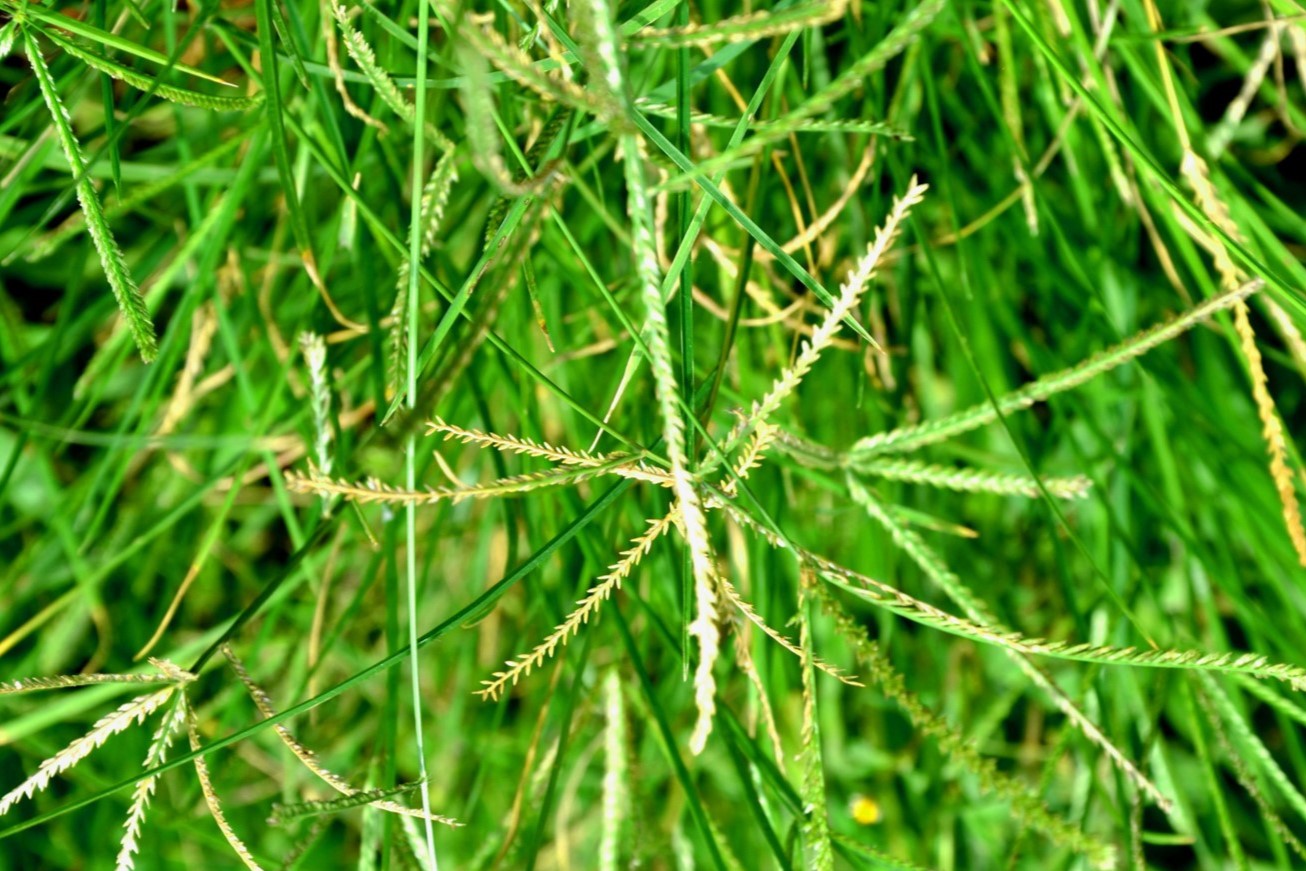
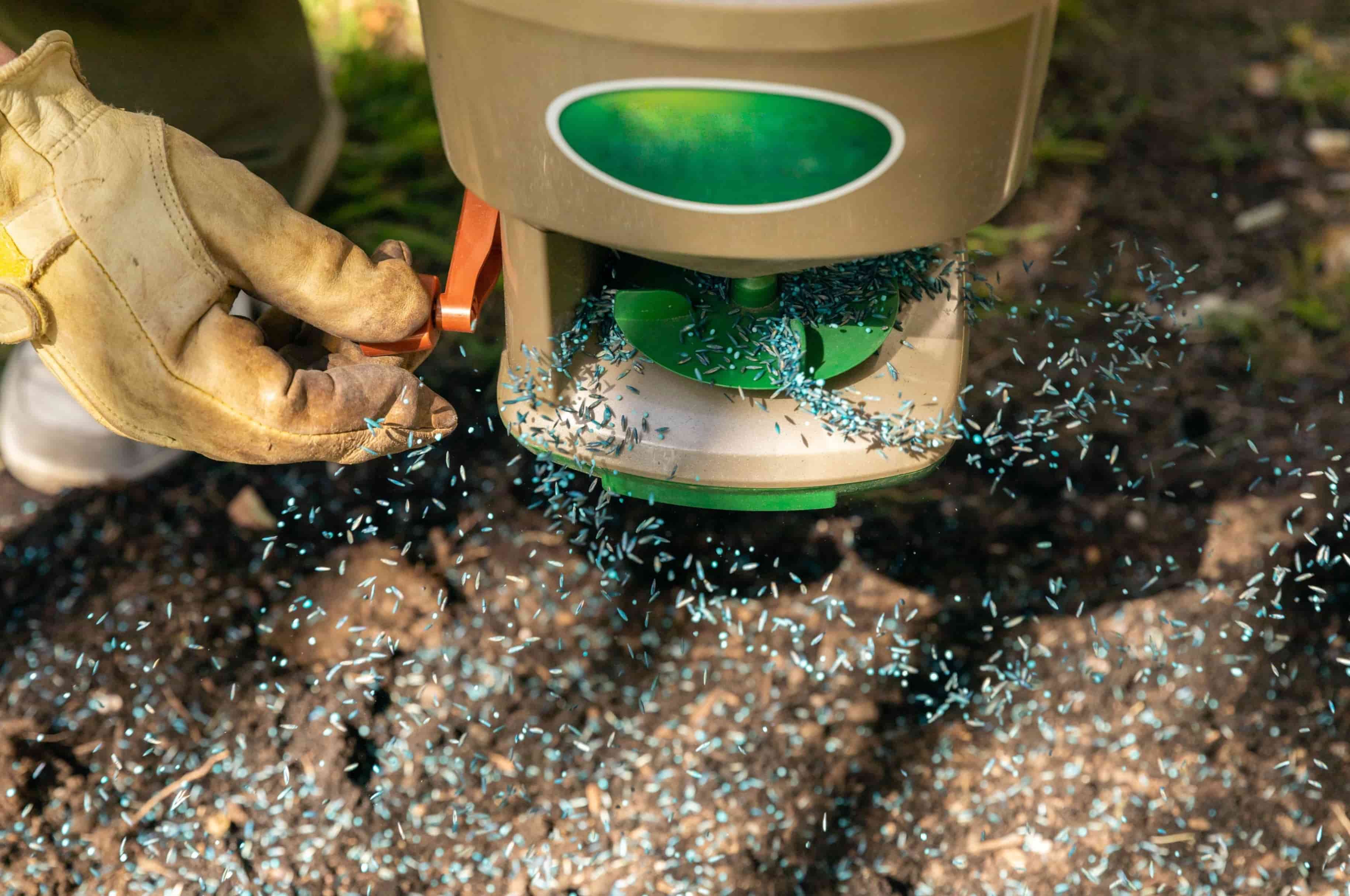
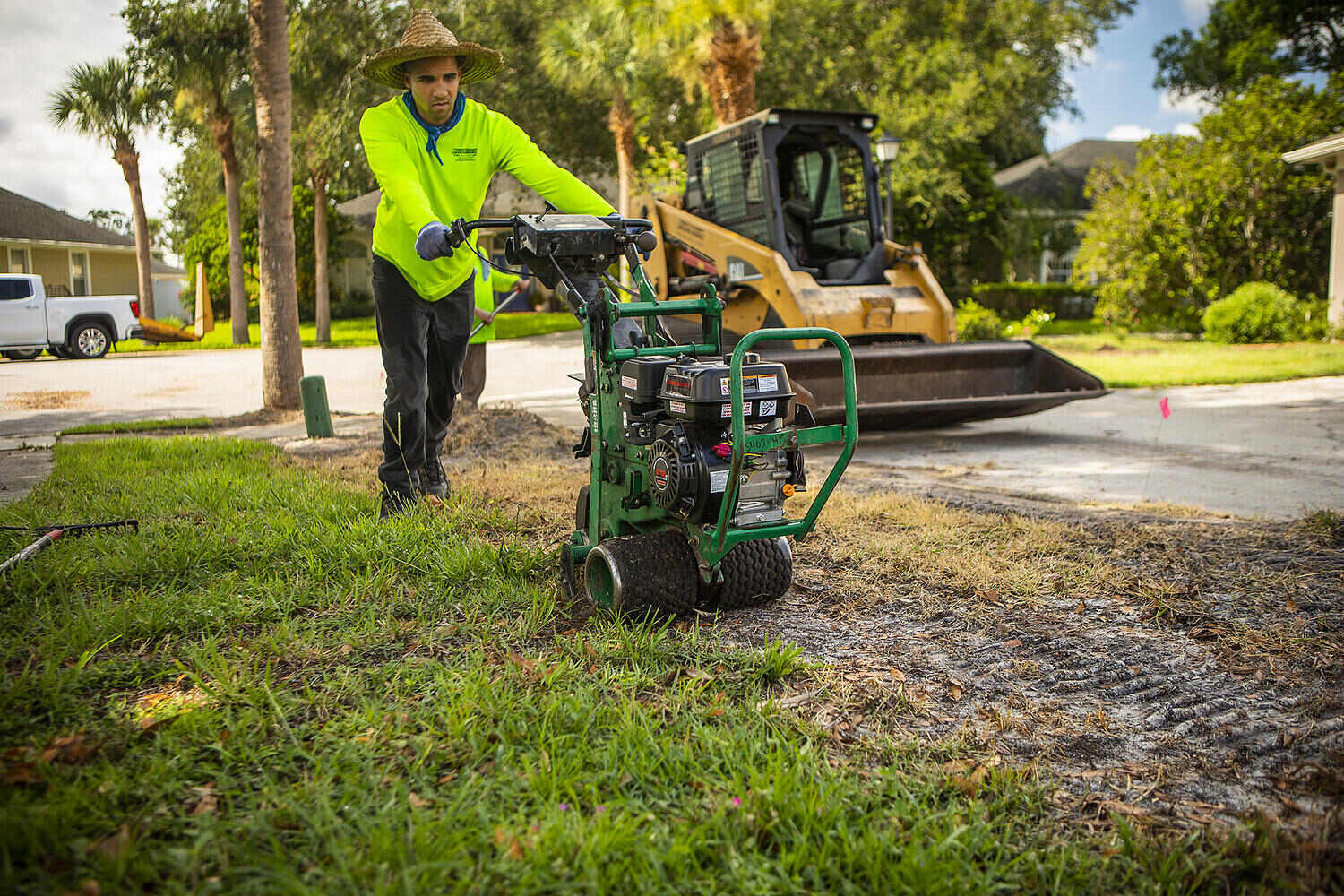
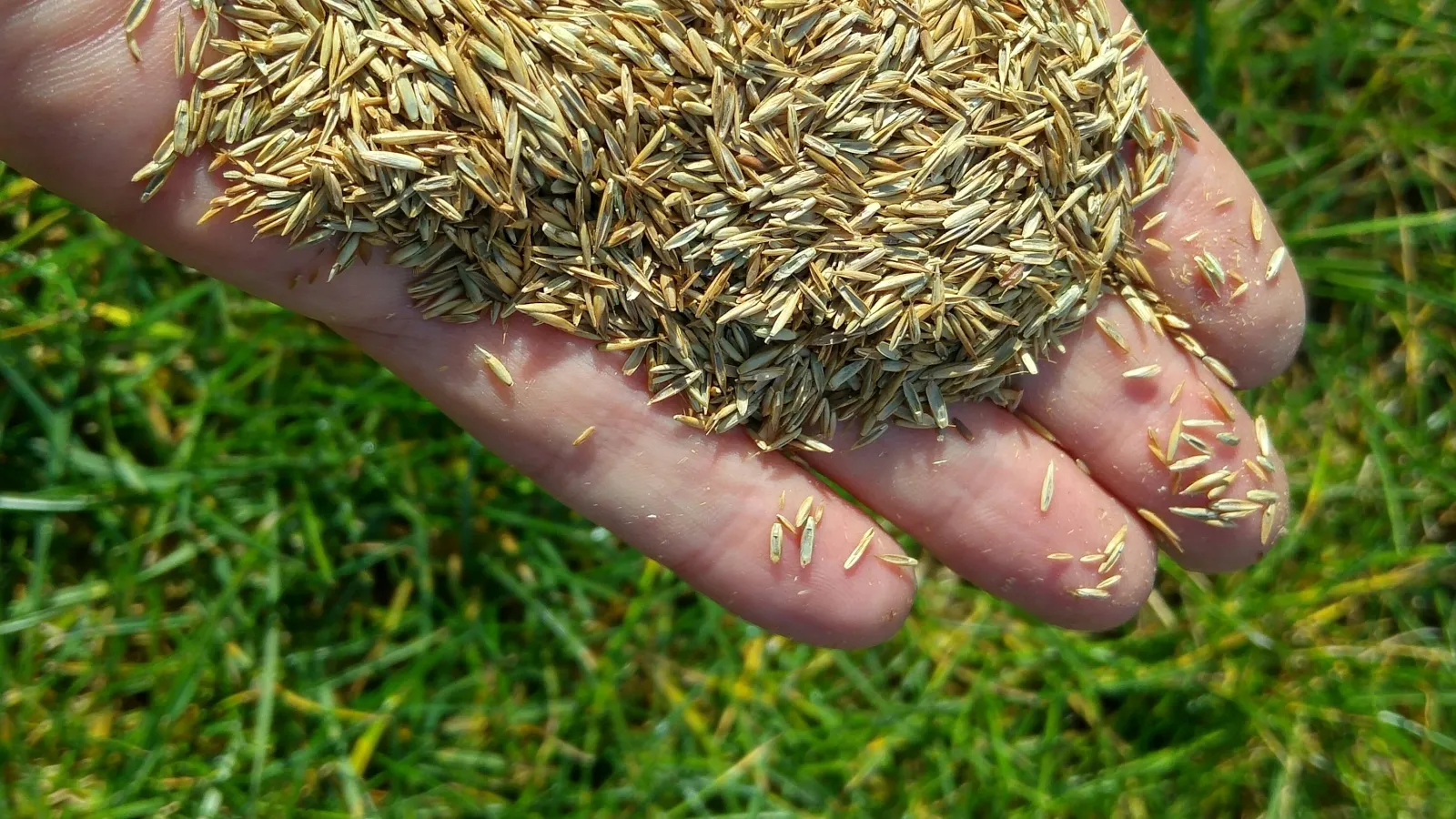
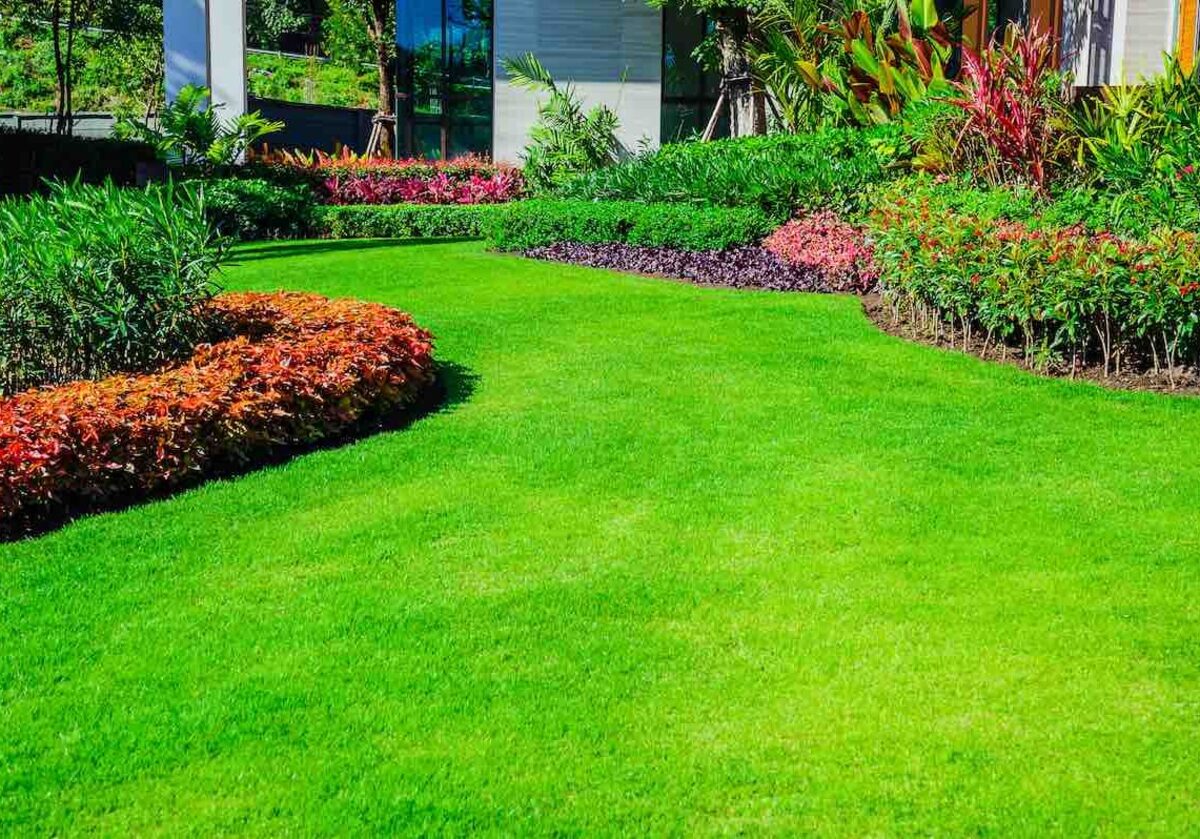
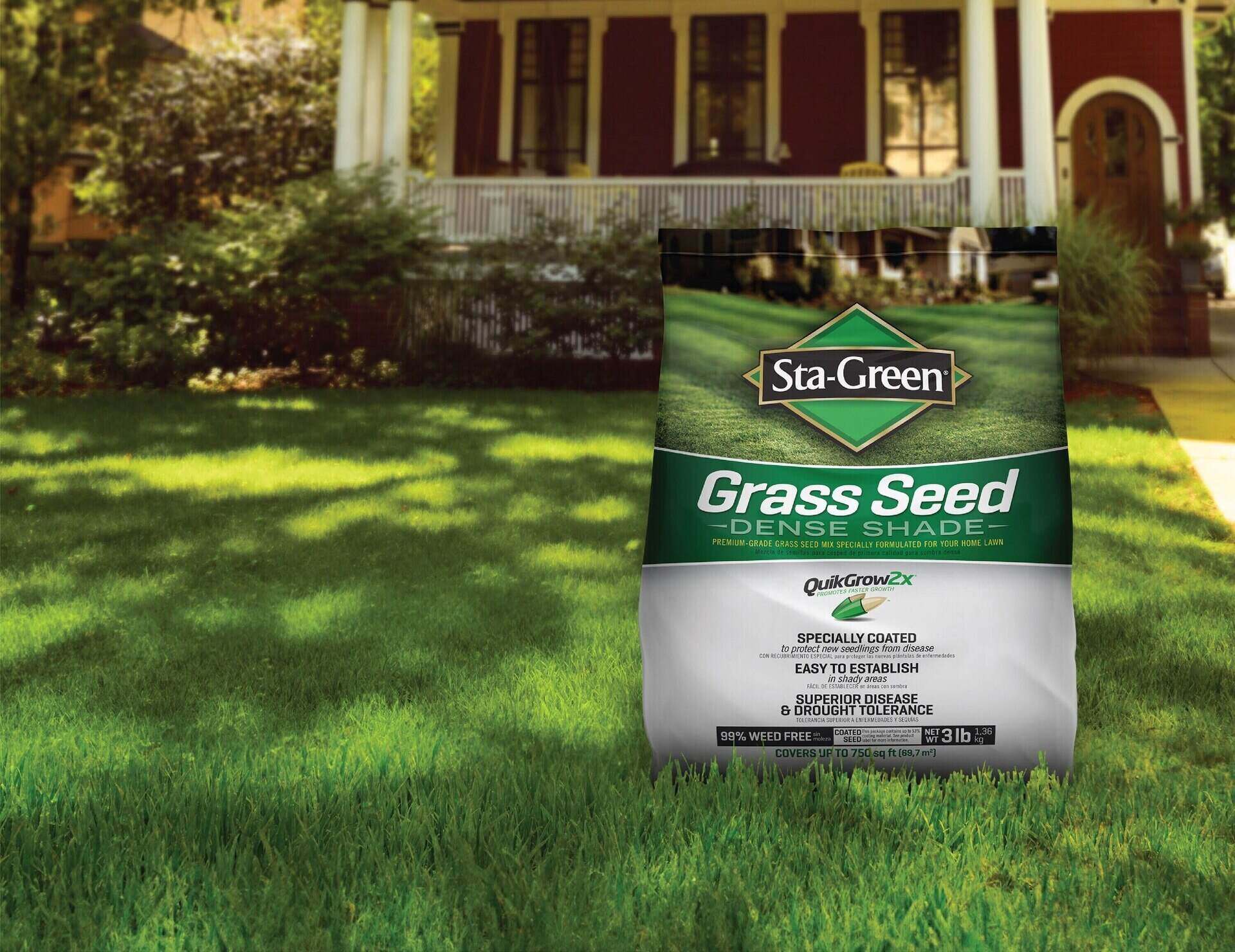
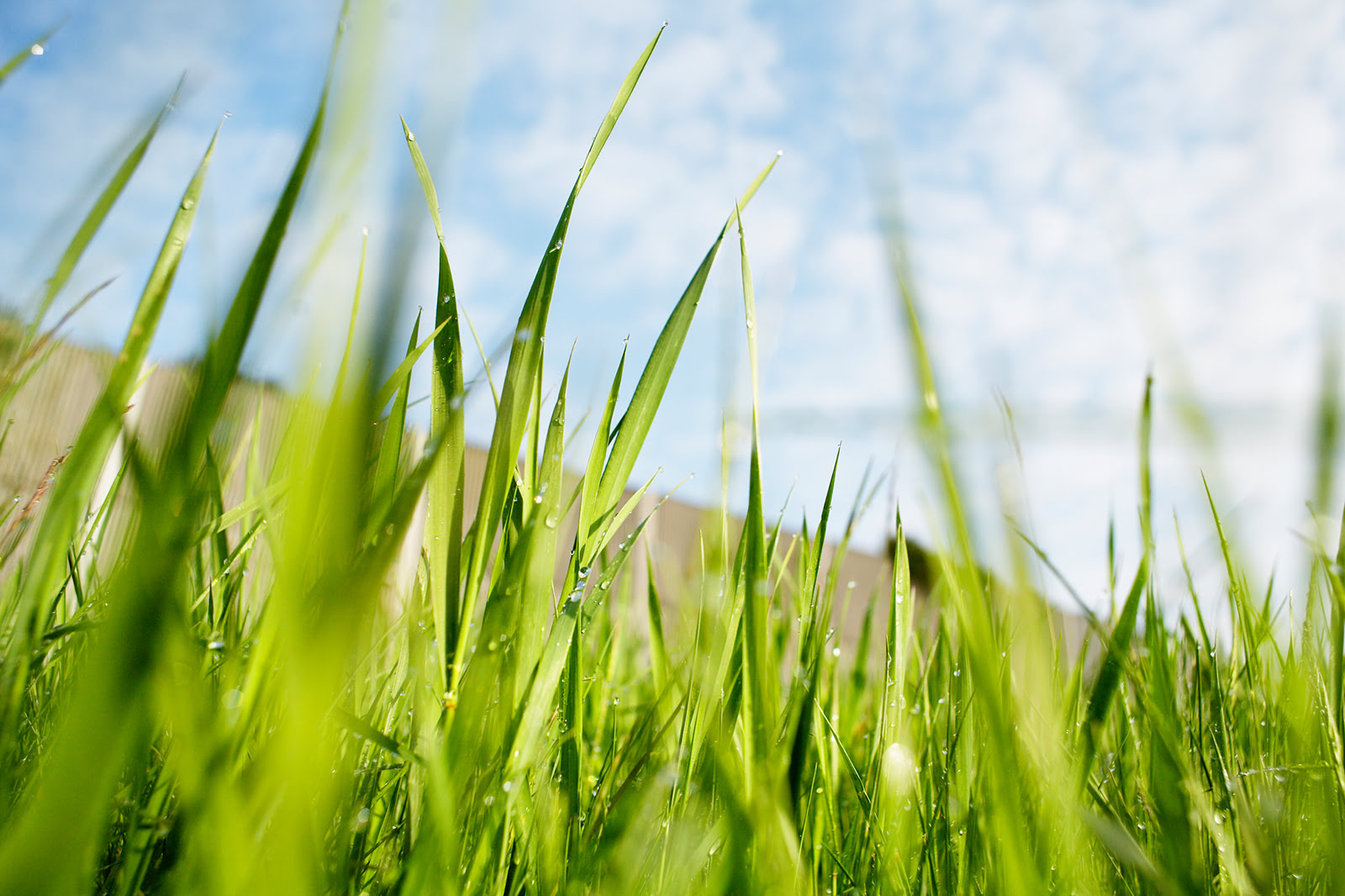
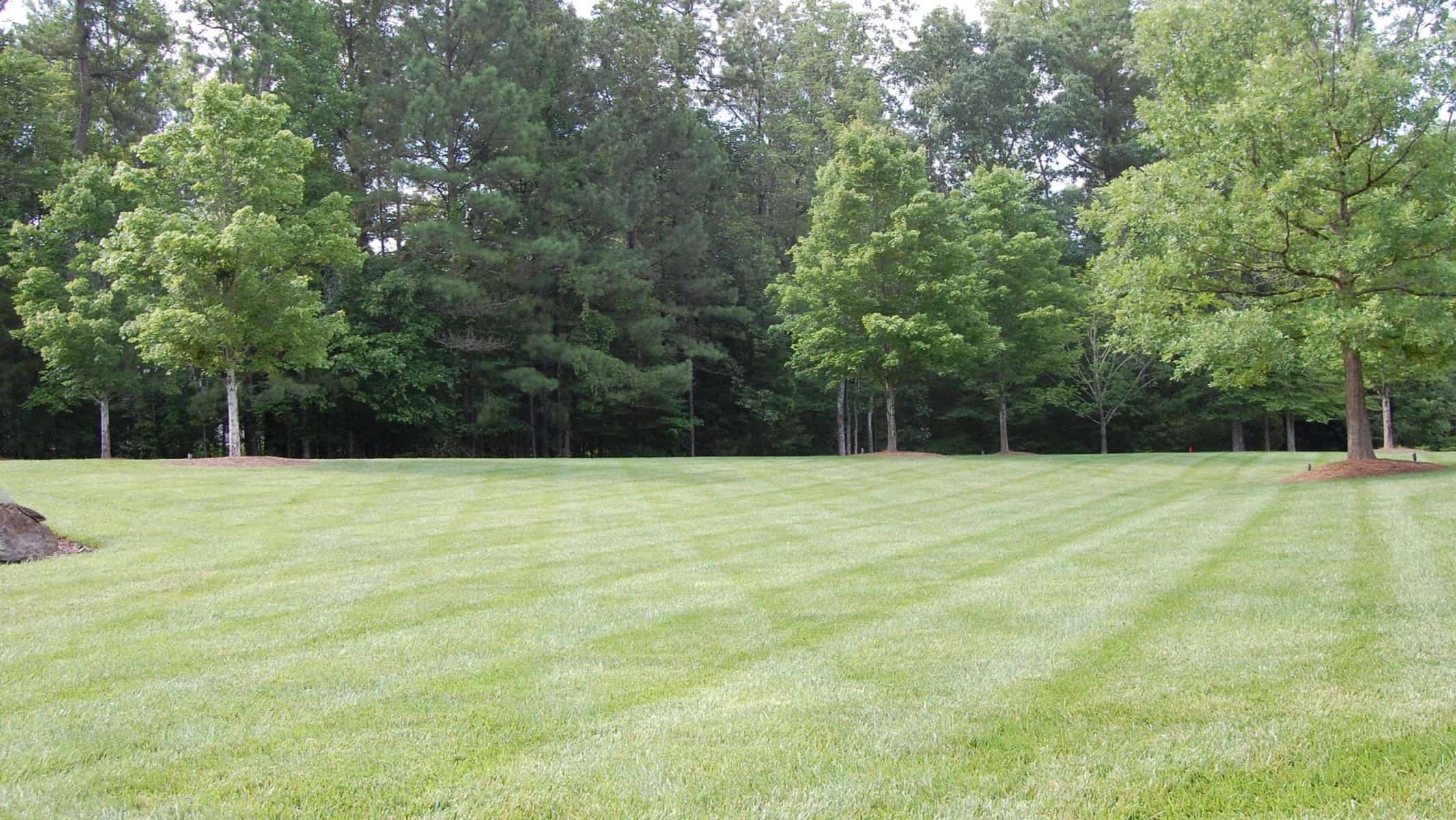
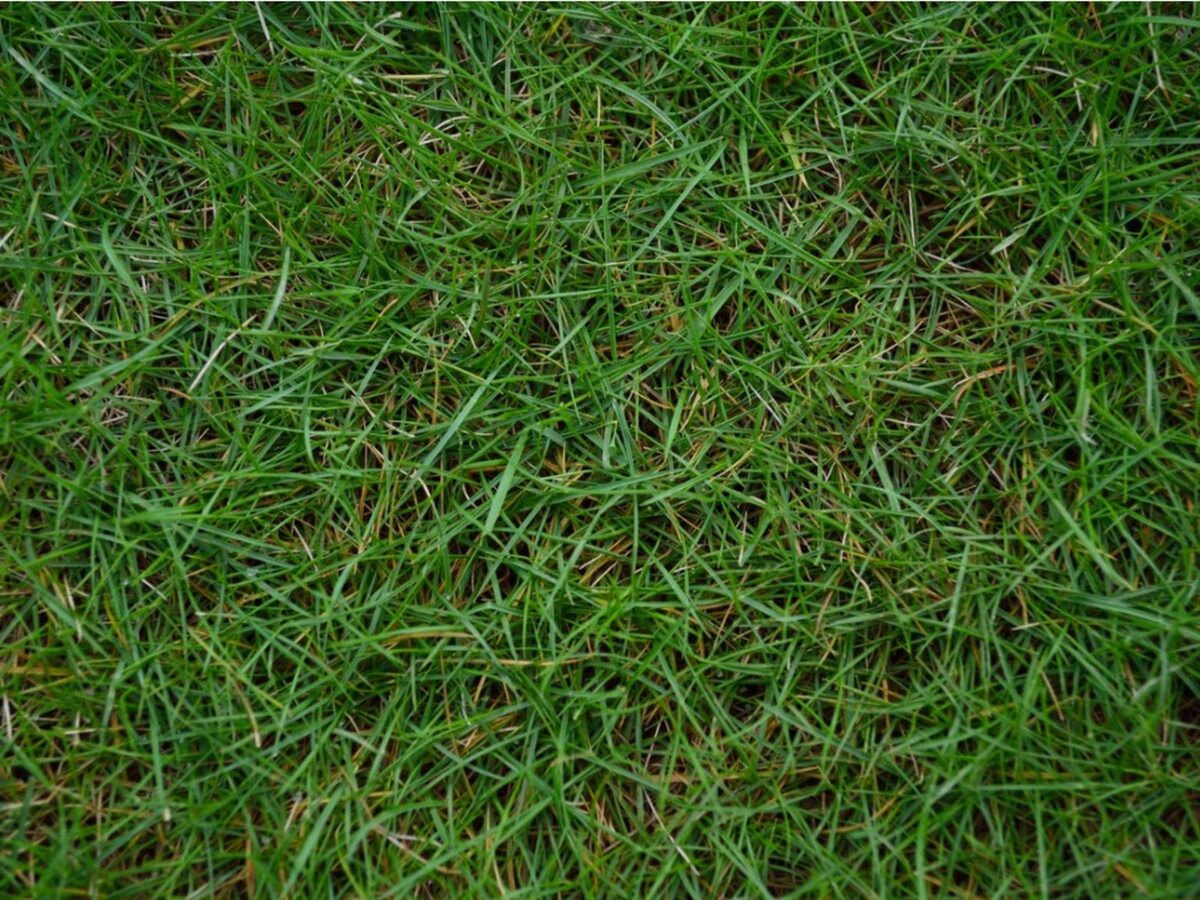
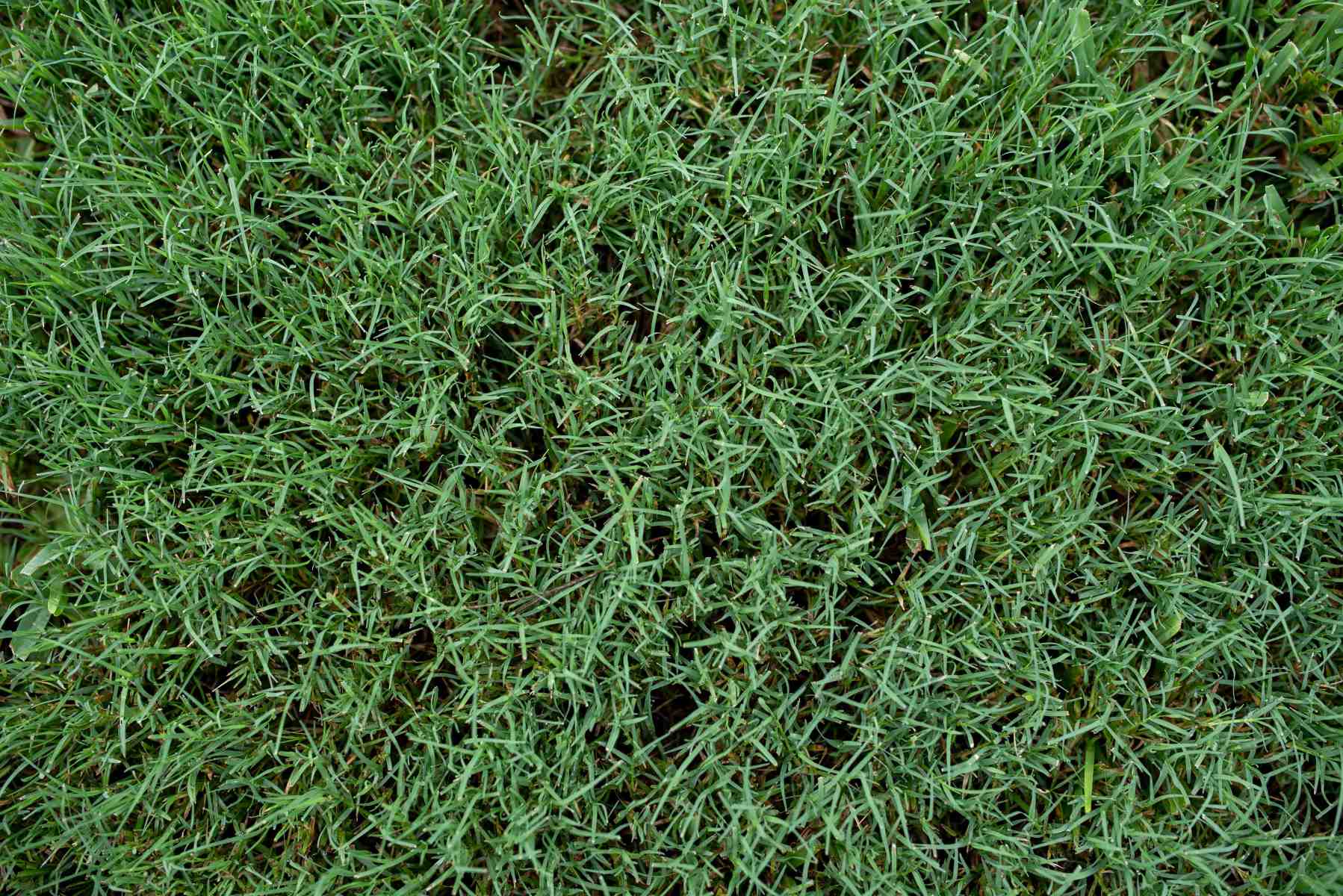
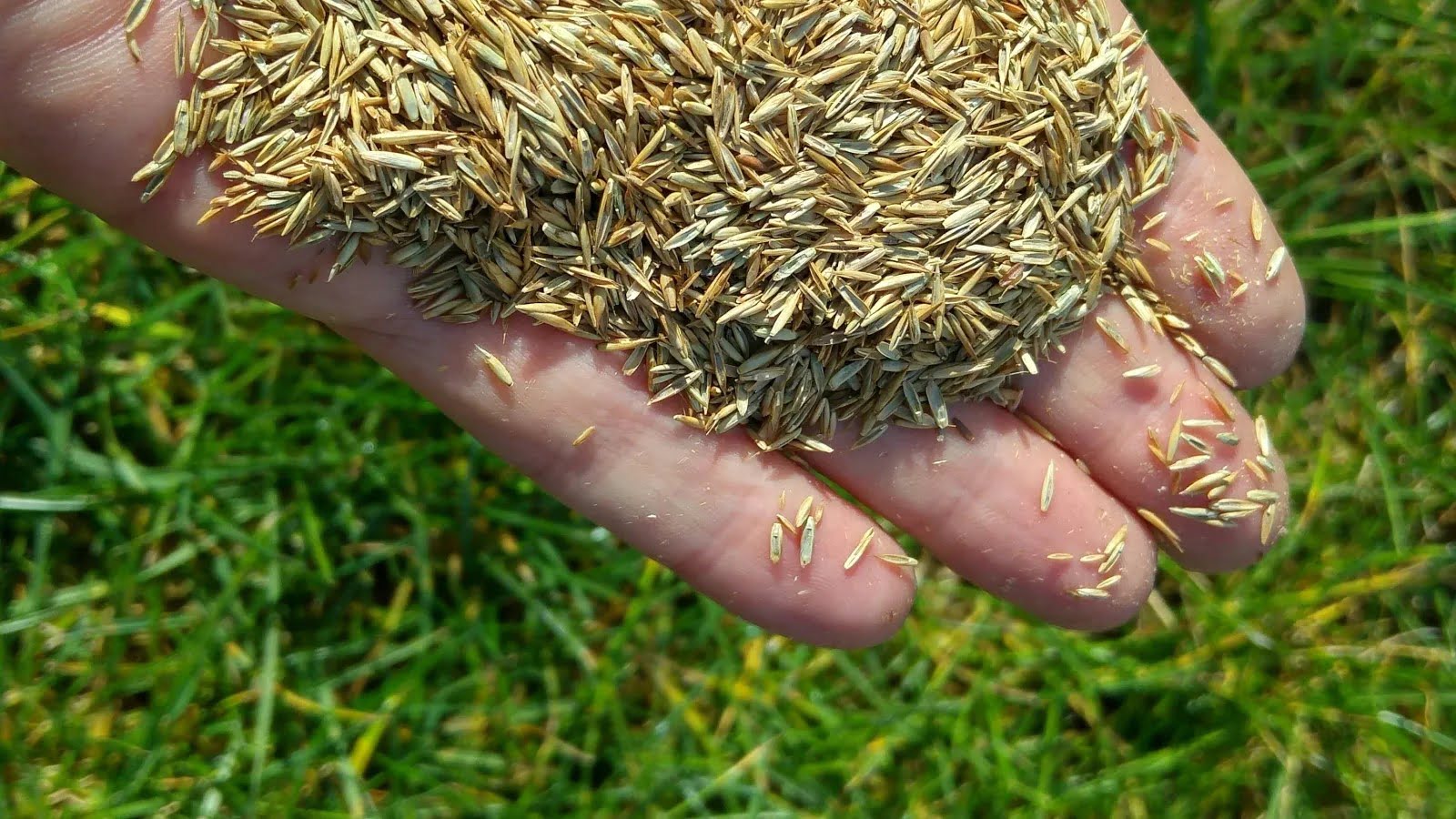
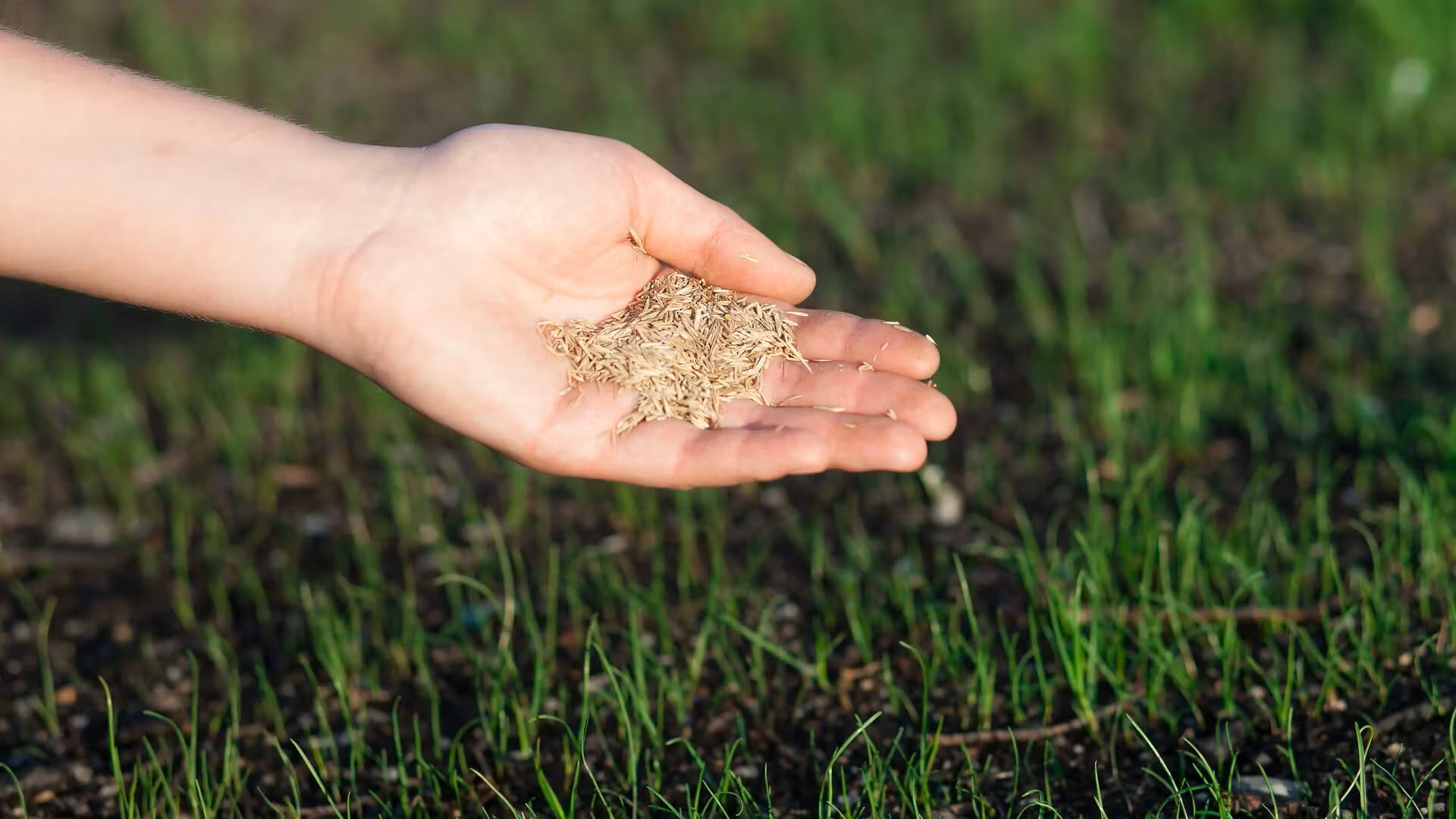
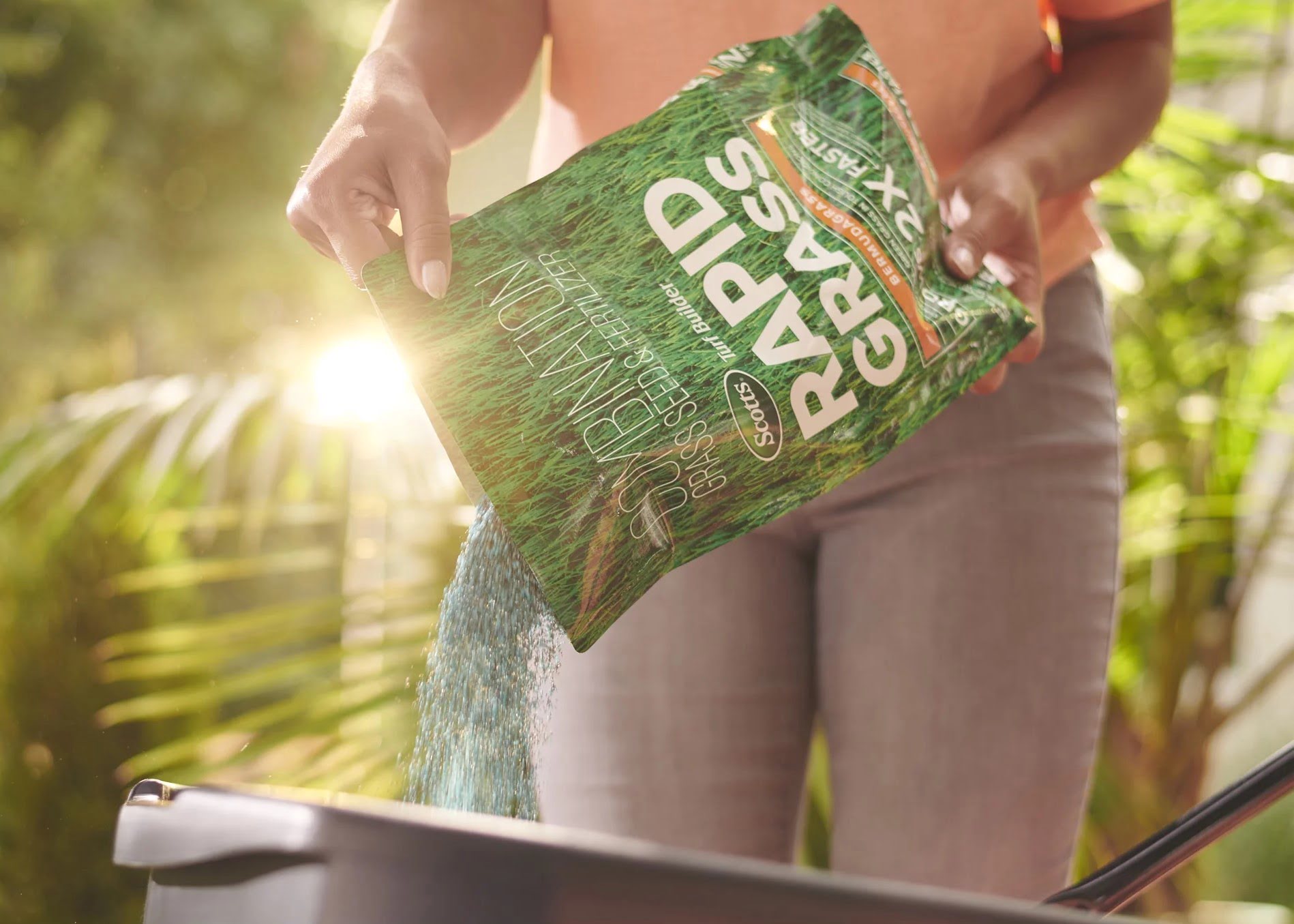
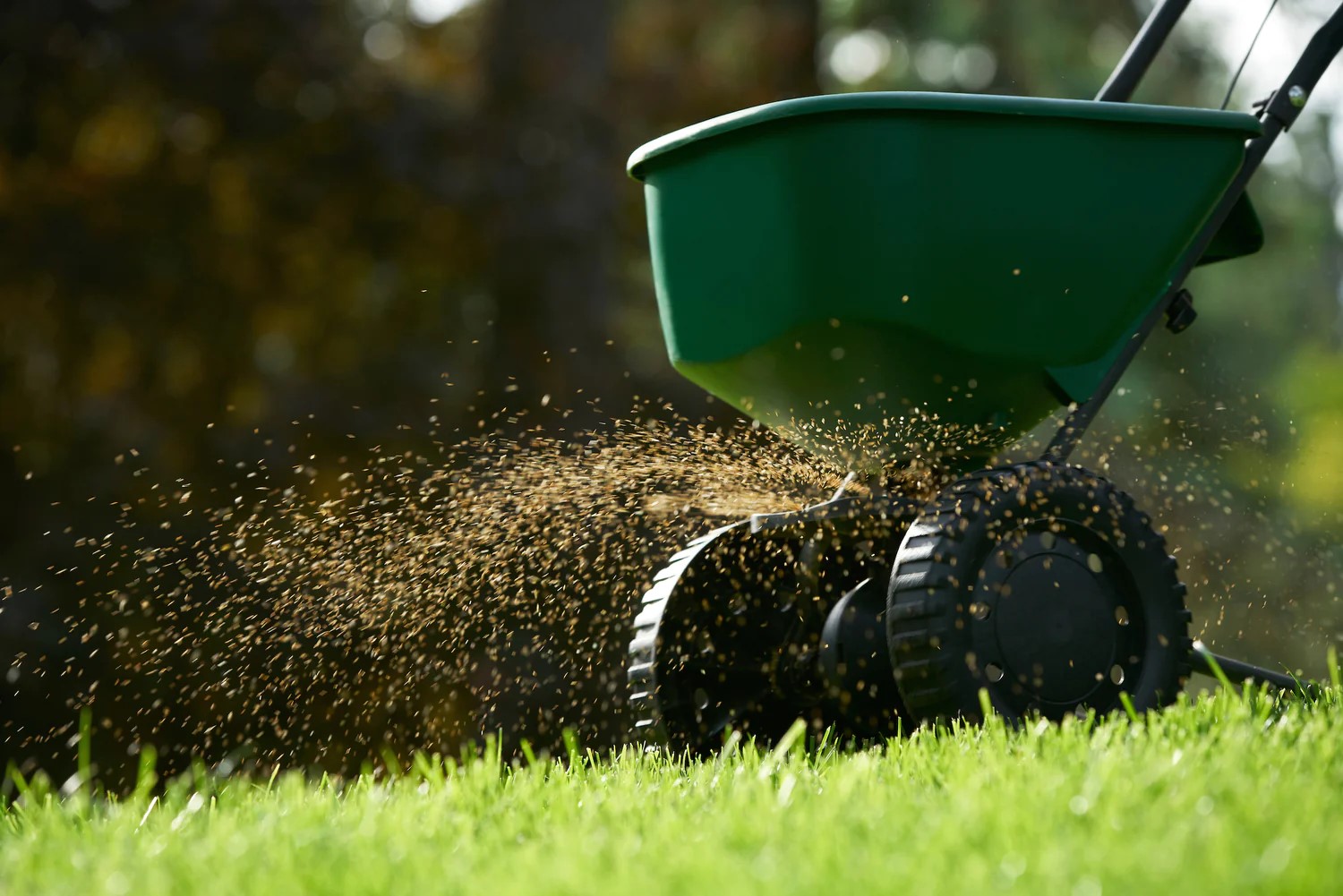

0 thoughts on “When To Plant Bermuda Grass Seed”